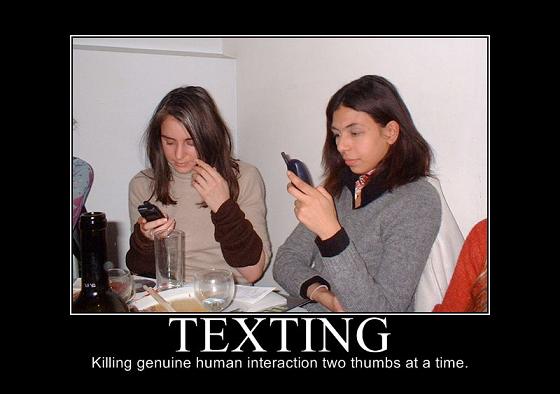In "How Twitter will change the way we live", the article discusses the general use of Twitter, as well as its progression over the years. Twitter has grown significantly, but not solely due to its own accord. The growth stems from everyday users, and outside companies, creating extension programs and systems that alter the original intended use. One of the rhetorical strategies the author uses in this article is analogy. He demonstrates the relationship between the growth of Twitter and its users’ influence. Through these changes, Twitter has proven to be an extremely useful tool for both personal and business use. Due to the fact that information is now readily available in “super fresh” web speeds, communities can be brought together in a crisis instantly. People can track the swine flu, catch the latest information on uprisings in Iran, discuss exciting sports moves, and find out about their favorite celebrity’s night instantaneously. This immediate feedback and connection will forever change us as a culture. Websites are short lived in relation to technology, so Twitter will, most likely, cease to exist one day. The bottom line, however, is that its benefits will forever be an integrated and expected part of our society. It has forever changed
In "Twitter as Newspeak," it discusses how Twitter has made its way into mainstream media.The first topic is about how twitter has become a new form of communication and how twitter has influenced the way kids think and spell. The next section is about how the overall meaning of words has changed to the literal state and that is all. The last section in the article Twitter as Newspeak is about how abbreviating things makes the overall meaning of the comment less emotional and meaningful. It uses the examples of Fox News and CNN incorporating Twitter into their programming to show how Twitter’s short-hand is now being used in traditional forms of media as a second-screen that allows an audience to interact. It concludes that this is because Twitter is technology driven, and that its restriction of only 140 characters is aimed at gathering the largest audience possible. This article can be used to argue the impact Twitter has had on journalism and how mainstream news outlets are now accommodating and integrating a new media platform into their old platform.
in "from activism to Slacktivism", slacktivismis the ideal type of activism for a lazy generation. Given the media's fixation on all things digital, from blogging to social networking to Twitter, just about every click of your mouse is almost guaranteed to receive immediate media attention, as long as it's geared towards the noble causes. That media attention doesn't always translate into campaign effectiveness is only of secondary importance.she goes on to explain that in order to not become a slacktivist you must have the opponent prove their worth, create diverse tasks, and using the most amount of required effort needed when our knowledge is put to the test.
In "tweets from iran", it shows two tweets from the Iranian election and its constant status updates that went along with the correct time frame the tweets were written from. The underlying message is that twitter has become an overnight sensation that everyone is suing, even in politics, in order to get their voices out there and heard. It also shows how twitter has become a world-wide sensation and is even used in iran where they may not be as fortunate as everyone else.



 RSS Feed
RSS Feed